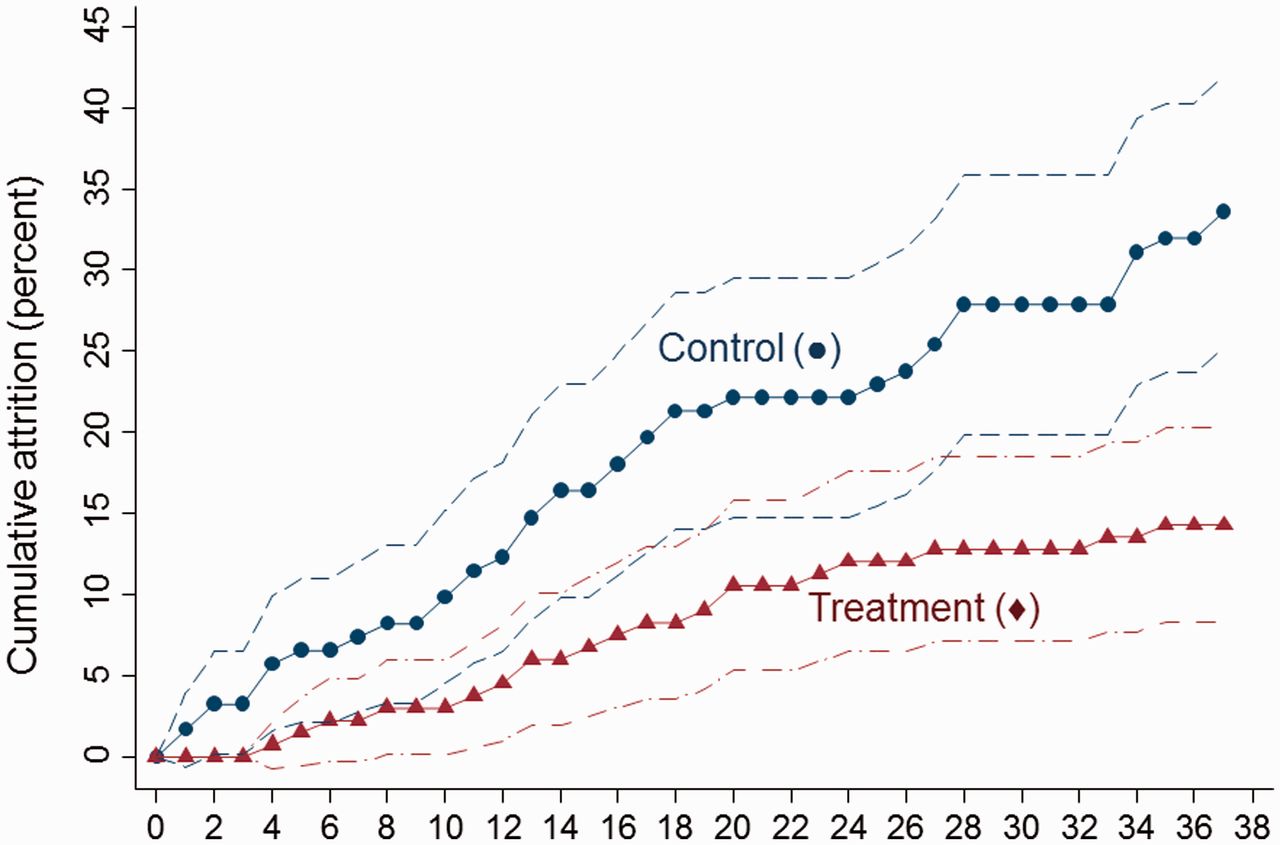Telecommuting and telework are two ways to convey the same concept: working from home (WFH). This practice has gained popularity in recent years and spans a diverse set of employers. Within the U.S. alone, the volume of employees primarily working from home has more than tripled over the past 10 years. Looking at data internationally, China’s largest travel agency, Ctrip International, conducted a randomized controlled trial among employees at its Shanghai-based call center location to test the efficacy of WFH as a management practice. With a desire to reduce office rental costs and high attrition rates, this nine-month study included 249 employees who volunteered and qualified to participate in the experiment and were randomized to either work from their office or home (WFH in this study was comprised of working from home four days a week and then working the fifth day in the office). Variables like available IT equipment, work order flow, daily tasks, and compensation were all controlled for so that the location of work was the only difference between the two groups.
Findings
Over the course of the study, overall performance of the WFH group increased by 13%. This included increases in the number of minutes worked per shift and calls per minute as well as reductions in breaks, time off, and sick time. Additionally, WFH participants experienced a quieter work environment with ease of access to otherwise time-consuming activities and potential distractions (like using the bathroom or accessing meals and snacks). This, along with reductions in commute time, contributed to an increase in performance while working. There was also a 50% decrease in the attrition rate among home workers compared to the control group. Interestingly, there was one negative association with WFH: about a 50% decline was seen in rates of promotion (which were conditional with performance). Overall, the study’s telecommuters reported much higher work satisfaction and had more positive attitudinal survey outcomes.

From the employer side, Ctrip, “improved total factor productivity by between 20% to 30%” and experienced a yearly cost savings of about $2,000 per WFH employee. This increase in productivity and cost saving came from a reduction in office space, improved employee performance, and a decline in turnover. In fact, the findings of this study were seen as so impactful that Ctrip later offered the WFH option to the entire firm!
Limitations
While the basis for and findings of this study are extremely interesting, limitations exist in its employee sample size and demographics. This study focused on a particular type of employee, those working in call centers who “tend to be lower paid and with a high share (about half) of their compensation based on performance pay.” Consequently, these study implications may not translate to employees in different lines of work.
Additionally, while telecommuting may sound like a game-changer, it is not for everybody. After its conclusion, half of the employees in the WFH group of this study decided to return to the office, citing poorer performance and loneliness in the home setting as reasons to not continue this practice. For some, being away from the office can lead to feelings of isolation, lack of structure, and can potentially throw off ones’ work-life balance. Losing the distinction between the workplace can cause work to spill over into other aspects of home-life.

Teleworking Best Practices For Managers
To maximize the benefits of telecommuting, here are some tried-and-true practices employers can use:
- Leverage technology: Make sure that the technologies available to office workers are also available to those at home, including video-conferencing software, communication tools, and other benefits, such as wellness program platforms.
- Choose the right people and positions: As mentioned above, not all employees and all positions are suitable for telecommuting. The best way to learn is to test it out; if an employee wants to telecommute, give them a chance to do so once a week for a set period and assess their performance at the end. Are they finishing the same number of tasks with the same quality? Are they performing the way they should? If they don’t, it’s probably a good idea to invite them back into the office and/or come up with different flex-time options.
- Communicate your expectation: In or out of office, managers will have certain expectations of what needs to be done. To compensate for the teleworker’s lack of face-time and in-person communication with others, managers should be transparent about what’s expected of them. While this is important for everybody, it’s even more crucial to the success of remote workers; it gives them the clarity and guidance needed, as well as the confidence knowing that they’re on the right track.












